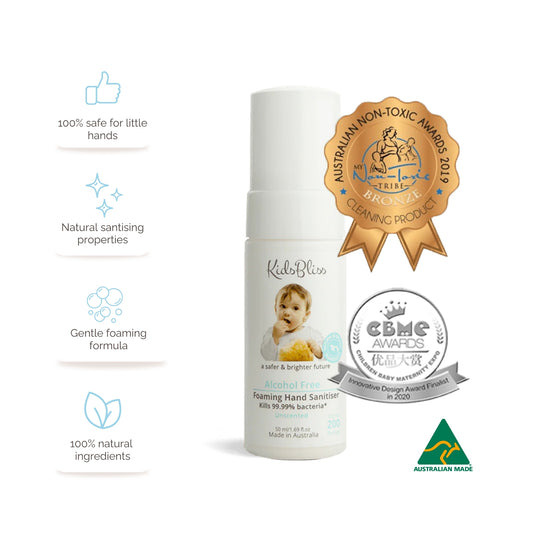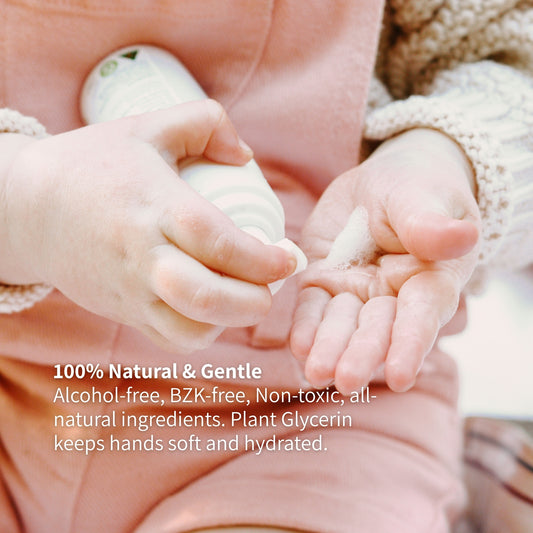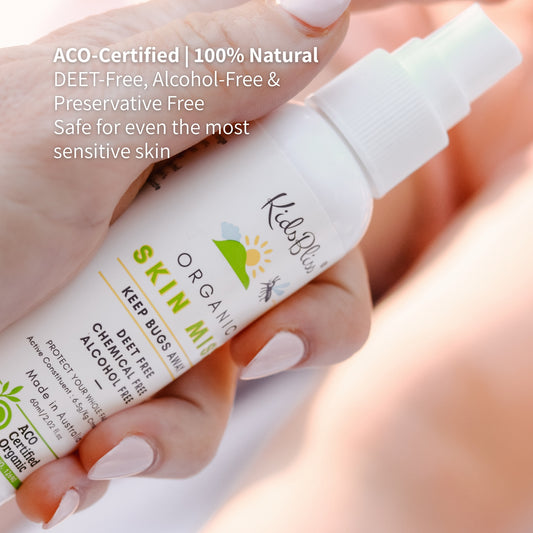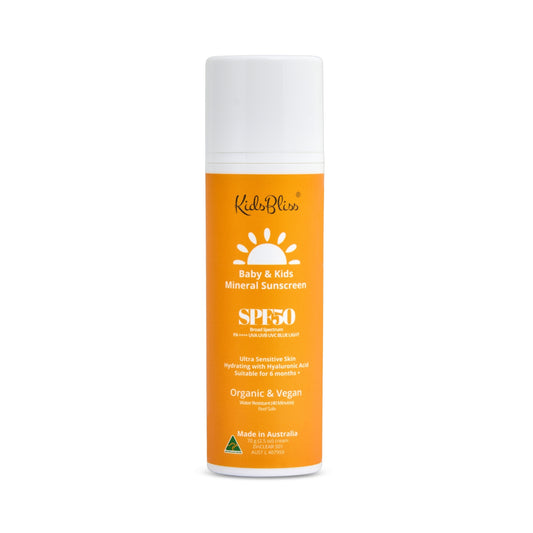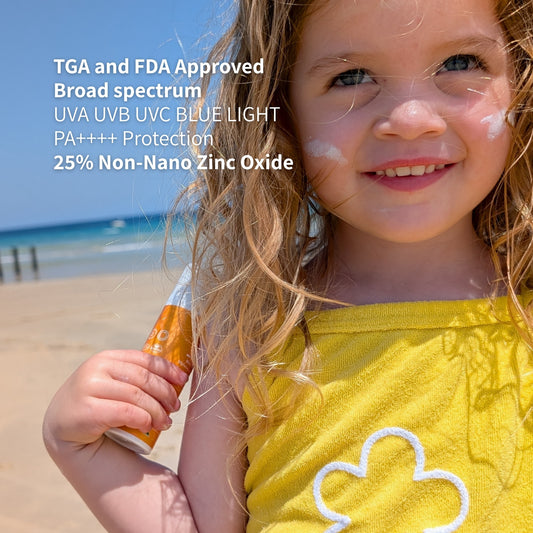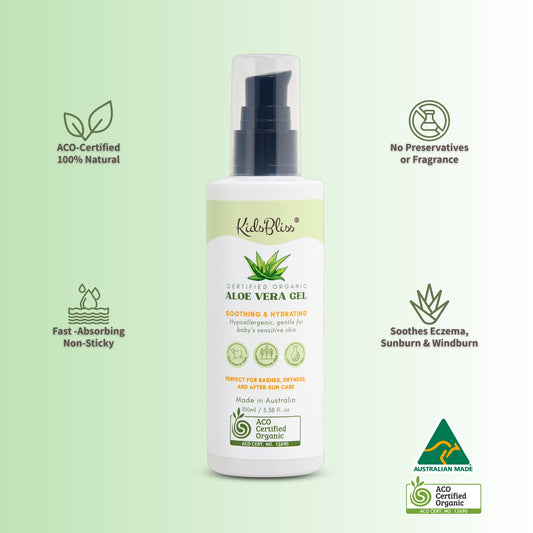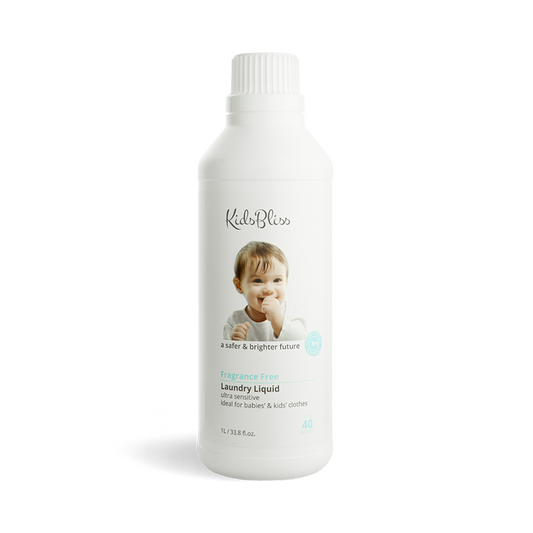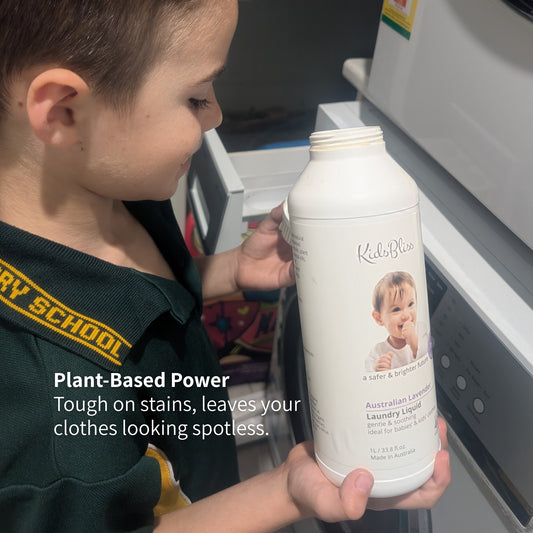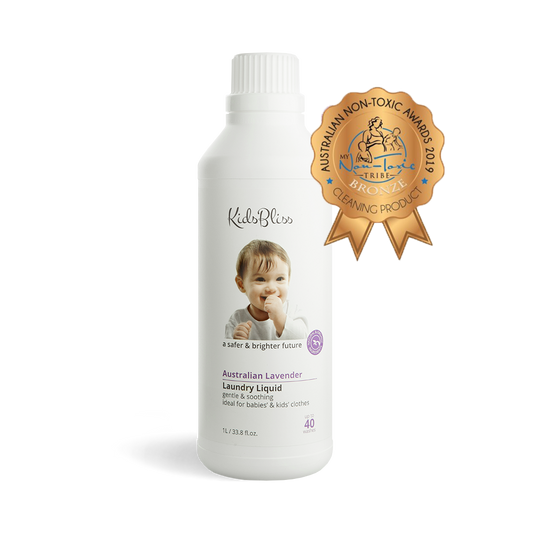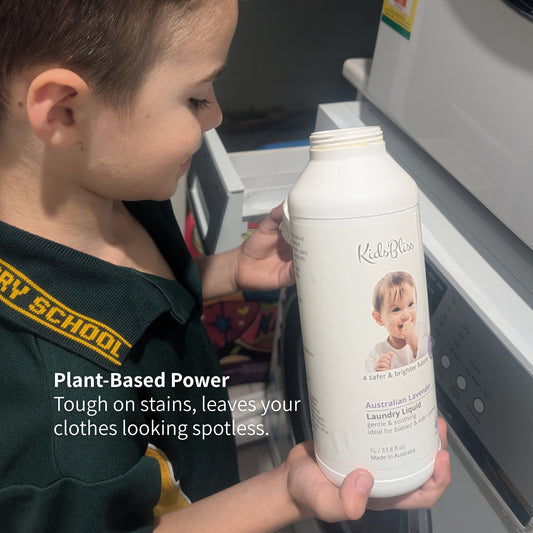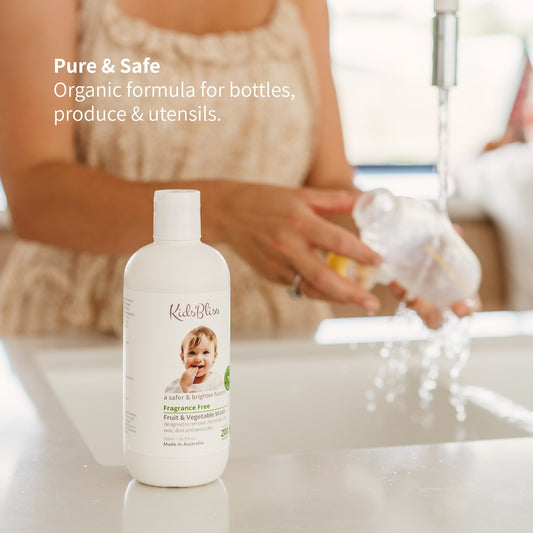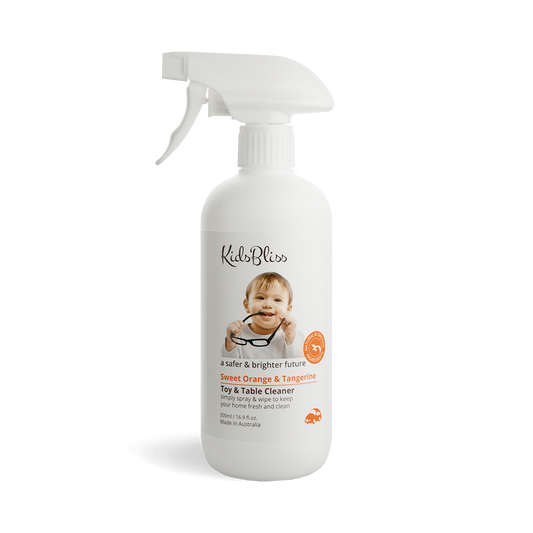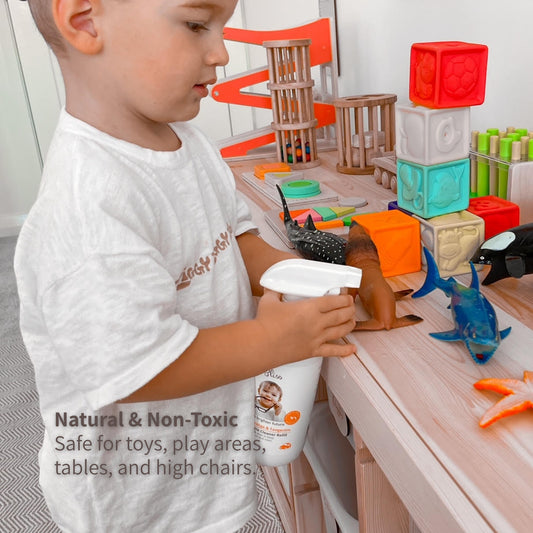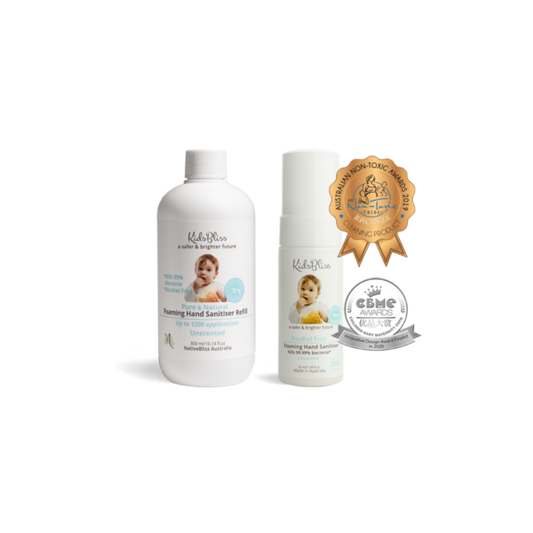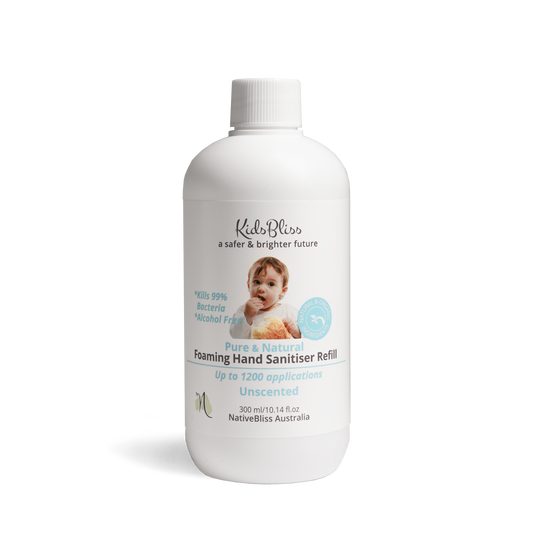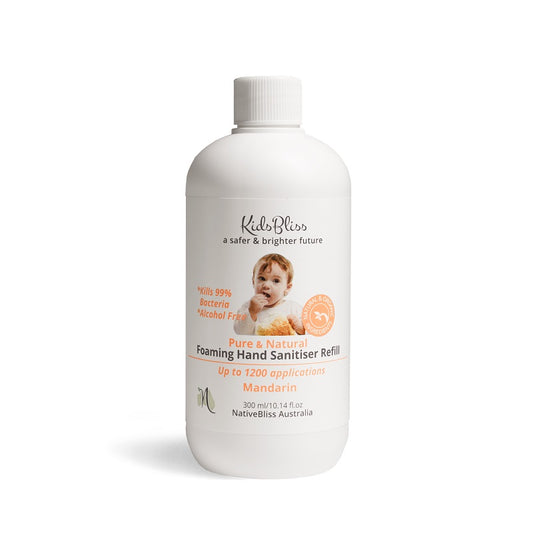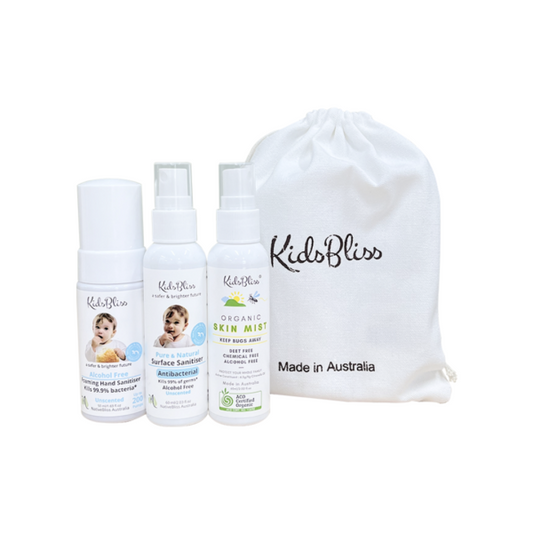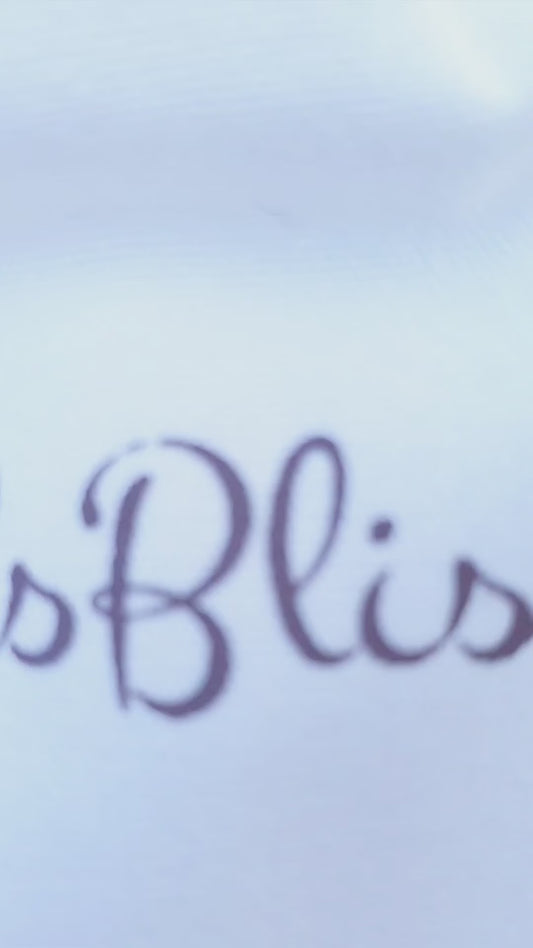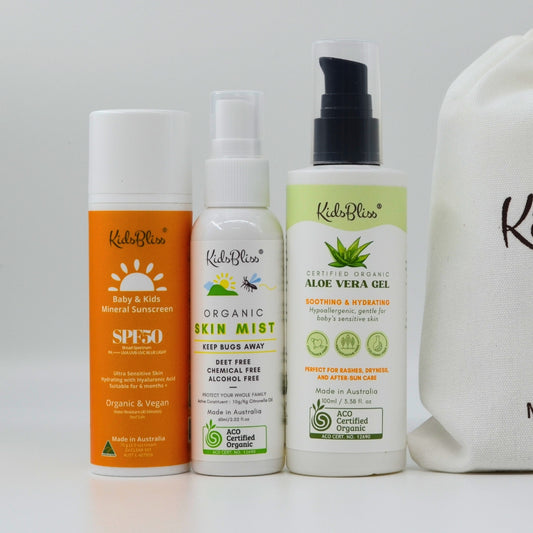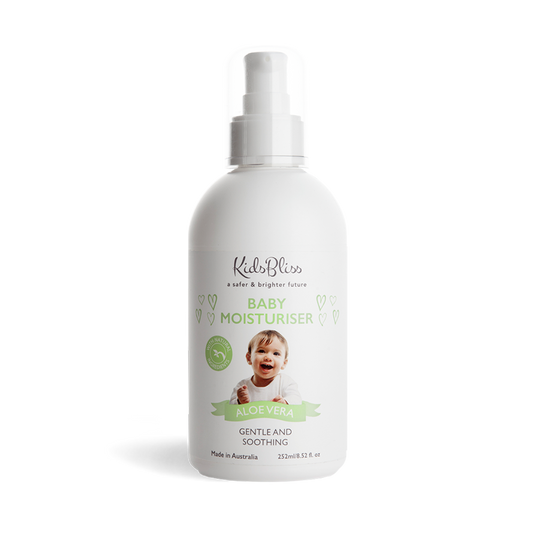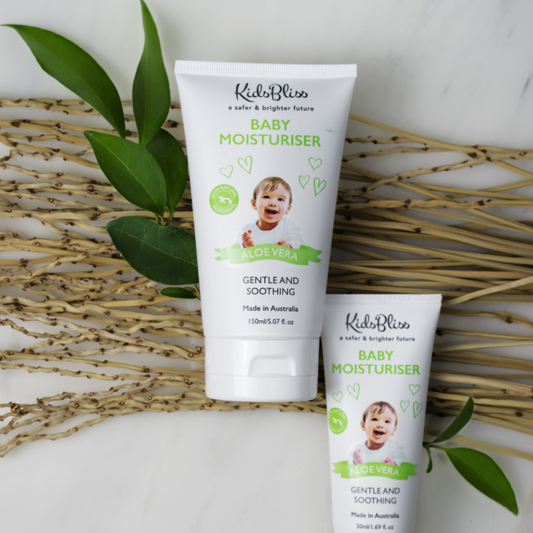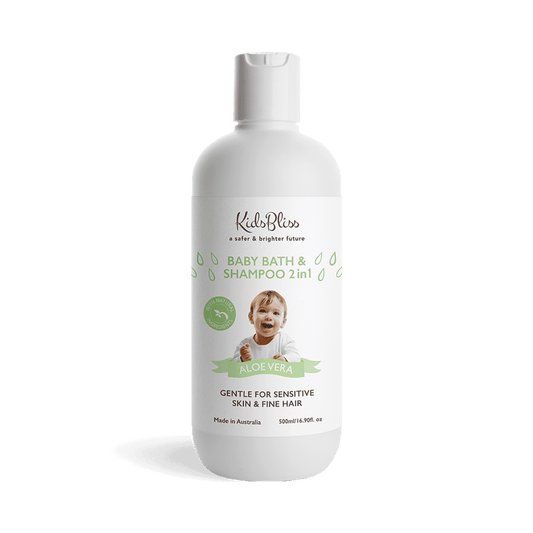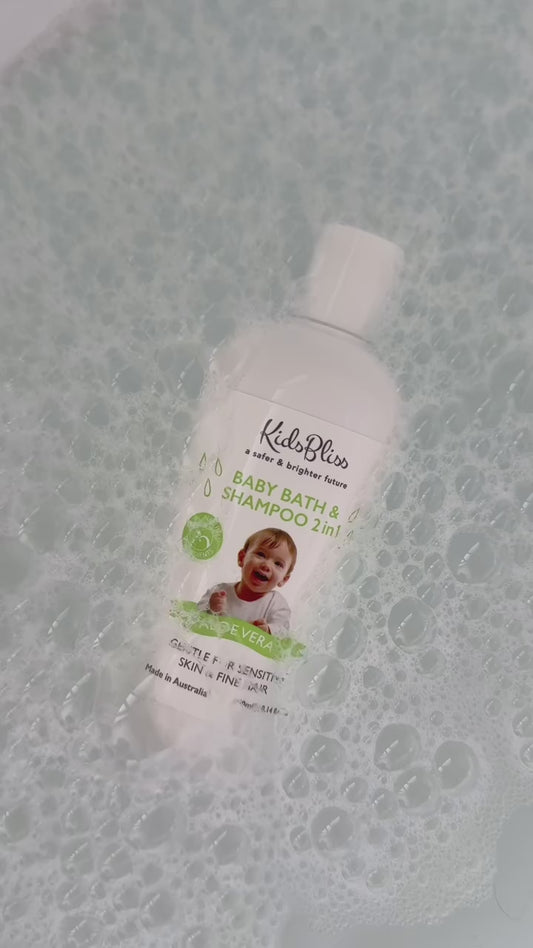Baby Eczema – What it is and What to do
Just like some adults, some babies are prone to eczema. In fact, because their skin is so new and sensitive, babies can easily develop eczema in their first months and years that they’ll often eventually grow out of. So, what is it? And what can parents do to relieve it?
How to Identify Baby Eczema
Baby eczema, which is also known as atopic dermatitis isn’t often that easy to identify because it can look different on different babies. If your bub has pale skin, it usually looks like red skin, but if your little one has olive or darker skin, it can look a bit purple, brown, or grey. However, whatever the colour of the patches, the affected skin will be dry, flaky, and rough to touch. It tends to start on the cheeks, chin and forehead, and progress over the months to their elbows, knees, and creases in the wrists and legs.
It’s also easy to confuse this condition with cradle cap or contact dermatitis. Cradle cap is scaling and redness on the scalp. It’s non-infectious and usually less red, reactive, and itchy than atopic dermatitis. It also clears up on its own within about 8 months.
Contact dermatitis is a result of your bub’s sensitive skin being in contact with an irritant. This can include a shampoo or moisturiser that’s not fragrance-free or designed for newborn skin. It can also be the result of brushing against a plant (for example, the itchiness from grass) or even chemicals in your laundry detergent or new infant clothing. You can usually clear this up quickly with some help from your doctor and by switching to fragrance-free, natural and organic baby care products.
How to Treat Baby Eczema
It’s always best to start with a trip to your family doctor to get a firm diagnosis and some treatment recommendations. We also recommend that you:
- Switch to organic baby care products and laundry detergents to avoid further irritating the skin.
- Wash all new baby clothes and linen in a fragrance-free laundry detergent to remove any residual chemicals from the manufacturing process.
- Bathe your bub each day to soothe their skin, using fragrance-free baby products. Avoid any soaps or bubble bath liquid. Make the bath short (around 10 minutes) and lukewarm. You can also try using colloidal oatmeal or baking soda in the bath to help relieve irritation. Gently pat their skin dry, making sure to dry any areas where moisture can become trapped.
- Massage your little one with a nourishing, gentle moisturiser for bubs with sensitive skin, applying it while they are still slightly damp.
- Try to avoid letting your bub sweat or get too dry, as both a moisture build-up and dry skin triggers eczema. Dress them in a few lighter layers so it’s easier to change them as the temperature changes throughout the day. You can also run a cool-mist humidifier in your bub’s room at night to moisten the air and keep the skin gently hydrated.
Natural and Organic Skincare for Your Bub
At KidsBliss, we’re all about gentle, natural skincare for bubs. Our sensitive skincare range is fragrance-free and uses only the purest natural ingredients to wash, moisturise and care for your little one. These products are made with locally sourced Australian ingredients, ensuring your little one gets only the best that nature can provide, helping to soothe irritated skin, promote healing and a healthy skin biome, and prevent future flare-ups. Contact us for more information or shop our baby bath and moisturiser range today.


